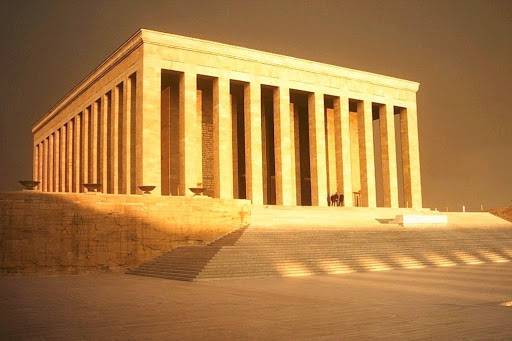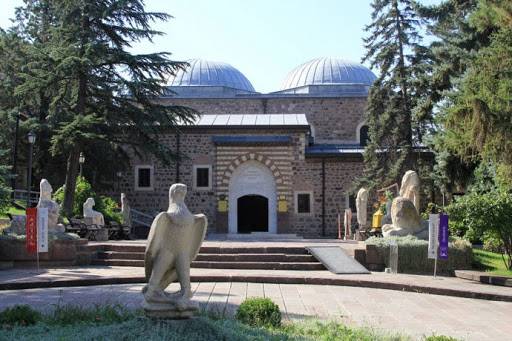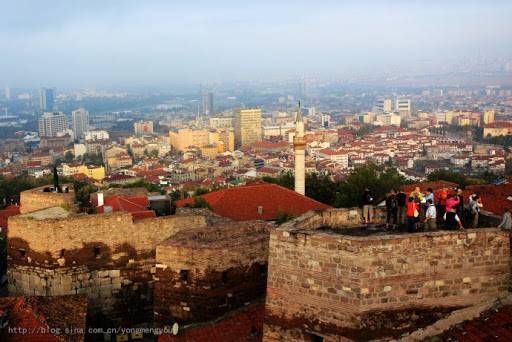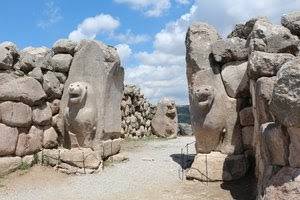The mausoleum of Mustafa Kemal Atatürk (1881-1938), the founder of modern Turkey, is located on a hill not far from the center of Ankara. The grand square building houses personal items of the founding father and trophies from the War of Independence. From a distance, the entire structure is magnificent and imposing. The exhibition hall, equipped with modern facilities and sound effects, provides visitors with a comprehensive and immersive experience. Don't forget to take a photo with the handsome soldiers here.
The Museum of Anatolian Civilizations is converted from an ancient warehouse from the 15th century. The museum exhibits archaeological finds from various periods unearthed in the Anatolian region, covering periods including the Paleolithic, Neolithic, Assyrian, and Hittite periods, which are extremely impressive. Among the most striking exhibits are the famous Lion Gate and the clay tablet of the world's first peace treaty signed by the Hittite king and the Egyptian pharaoh.
Ankara Castle, built in the 9th century AD, offers a panoramic view of the entire city of Ankara from its walls. Many locals still live in the hillside houses along the path, maintaining their ancient way of life. Along the way, you can stop at local-run dining tables and tea houses to rest, where they serve authentic Turkish red tea, homemade dishes, and flatbreads. The old streets near the castle also have many shops selling copperware, carpets, and second-hand goods, making it a great place to find unique items.
Hattusa
The ruins of Hattusa were once the capital of the Hittite Empire, which was later submerged in the tides of history until it was accidentally discovered by a Frenchman in 1834. Eventually, this once powerful empire that conquered Anatolia was revealed to the world. In 1986, Hattusa was listed as a UNESCO World Heritage Site.











